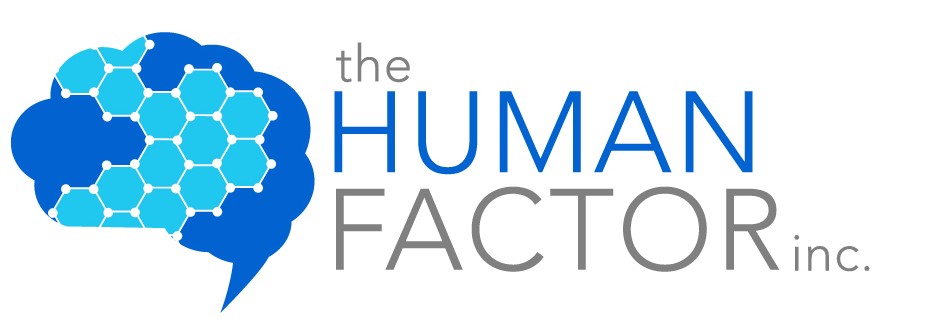
Response to COVID Pandemic Tops Managerial Concerns
Effective business management requires balancing the big picture with the details. In other words, focusing on what needs to get done today (the details) while simultaneously looking ahead to what the organization will need to get done in the future (big picture). As we all know, the COVID-19 pandemic has thrown a gargantuan monkey wrench into both of these managerial endeavors.
In my blogs, keynotes, and work with clients, I constantly emphasize the importance of having the skills to manage in a world of constant change and uncertainty. I was reminded of this when reading an article about the most pressing managerial concerns of 2020. According to workforce.com, managers are focusing much of their attention on issues driven by the pandemic.
Employee safety.
Certain high-risk industries, such as construction and manufacturing, have always made employee safety a top priority. Overnight, COVID-19 has turned workplace safety into a major concern for all employers, leading to challenges companies never imagined they would have to address.
How do we create a safe working environment when contact with another employee could lead to serious illness or death? How do we uphold the company’s legal responsibilities as outlined by the Families First Coronavirus Response Act? How do we adjust sickness and leave policies during the pandemic? If employees contract the virus at work, are they entitled to workers compensation?
With so many unknowns about the virus remaining, there are no simple answers to these questions. Yet, we must answer them.
New ways of working
COVID-19 has also forced massive change in the way companies get work done. Schools must learn how to teach online. Healthcare providers must adopt broader telemedicine to safely deliver a variety of health care services. Companies that can’t operate without employees on-site must adjust processes and procedures to minimize personal contact. Companies where employees can work at home must figure out how to keep them productive, connected, and engaged. Other industries, such as dining, leisure, travel, entertainment, and sports, may need to develop entirely new business models in order to survive.
Supporting flexible workforces.
Research shows that increased flexibility and job autonomy lead to happier, more productive employees, which leads to better business results. In the struggle to survive, these issues have taken a back seat for many businesses. Today’s managers need to consider how to adapt employee-friendly policies to the “new normal” – whatever that may look like – when Americans finally return to work.
Changes in the workplace.
The state of the workplace after the pandemic passes may represent the greatest area of uncertainty for managers. Will employees still want to work from home? Will they feel safe returning to work? Will consumers return to their previous shopping and buying patterns? Will new ways of working developed during the pandemic turn out to be good for businesses, or will they need to be jettisoned in favor of solutions targeted to the new normal?
Be Intentional in Your Thinking
How can managers answer these questions when so much of what we need to know remains unknown? I recommend the “pause, burst, and change” approach.
Pause.
The human brain is a problem-solving machine, but it does not like uncertainty. Without the data needed to make decisions, the brain typically makes stuff up to fill the gap. We take the information we have, mix it with long-held attitudes and beliefs, and turn it into self-talk, or “thought bubbles”, about how the world works.
The problem is, the attitudes and beliefs that inform our thought bubbles often don’t align with the realities of today’s world. COVID-19 offers a perfect example. Much of what we know about how to run our businesses simply doesn’t work in a COVID world. So we need to pause to consider which of our “truths” still work and which don’t before making any major decisions or launching new initiatives.
Burst.
Outdated “thought bubbles” can be hard to get rid of because we tend to cling to the ones that have always worked for us. Instead of clinging, we need to burst our bubbles to unlearn old ways of thinking and open up to new ones.
At this point I typically say, “Diversify your thinking by expanding your data sources.” Only with COVID, there may not be enough sources for some of the decisions you need to make. The pandemic was so unexpected and so overwhelming that the guidebook or how-to manual for how to respond to it doesn’t exist. Seven months down the road and we’re still operating in a reactive rather than proactive mode. As a result, adapting businesses to the pandemic environment often involves experimentation and trial-and-error learning.
Keep in mind that our brain likes what it already knows. We tend to travel the same mental pathways constantly even if they are not logically the best ones. We are constructed to stick to what is comfortable and known at almost all costs. To refresh your brain on how we respond in unexpected change, revisit our blog outlining the phases adult humans experience.
Change.
To change your thinking, make it a habit to think about what you’re thinking about. Without objective awareness, signals of distress trigger survival behavior. We lose the ability to pause, think, & focus.
The key to healthy thunks is being aware of our emotions (what phase of change are we are in) while feeding our brain logic and data regarding the change. Strengthen your situational awareness with self-awareness so that you are constantly connecting your inner and outer world – a state known as metacognition.
When you find yourself stuck in old thought bubbles or thinking patters, ask questions like:
- Is this thought bubble supported by current data?
- Why am I holding on to this thought bubble?
- What if I am wrong about this?
- Is there a different way to look at the data?
- Am I missing something?
- Are there multiple perspectives I can take on this?
Understand that in today’s world, it is highly unlikely you will ever have all the data but opening your brain to new ideas and possibilities will lead to better decisions. The companies that come out ahead in the post-pandemic world will be those with individuals who are intentional about how they think and act.

Make Better Decisions with MDI
Responding to the COVID pandemic requires flexibility and adaptability. Learn new ways of thinking and working in the Management Development Institute (MDI), my new program for developing elite managers. Learn More.

And when your organization wants to develop your metacognitive skills to adapt faster and more effectively in today’s hyper-paced world, let me know. I’m here to support you in being even more incredible in your journey to achieving more.






